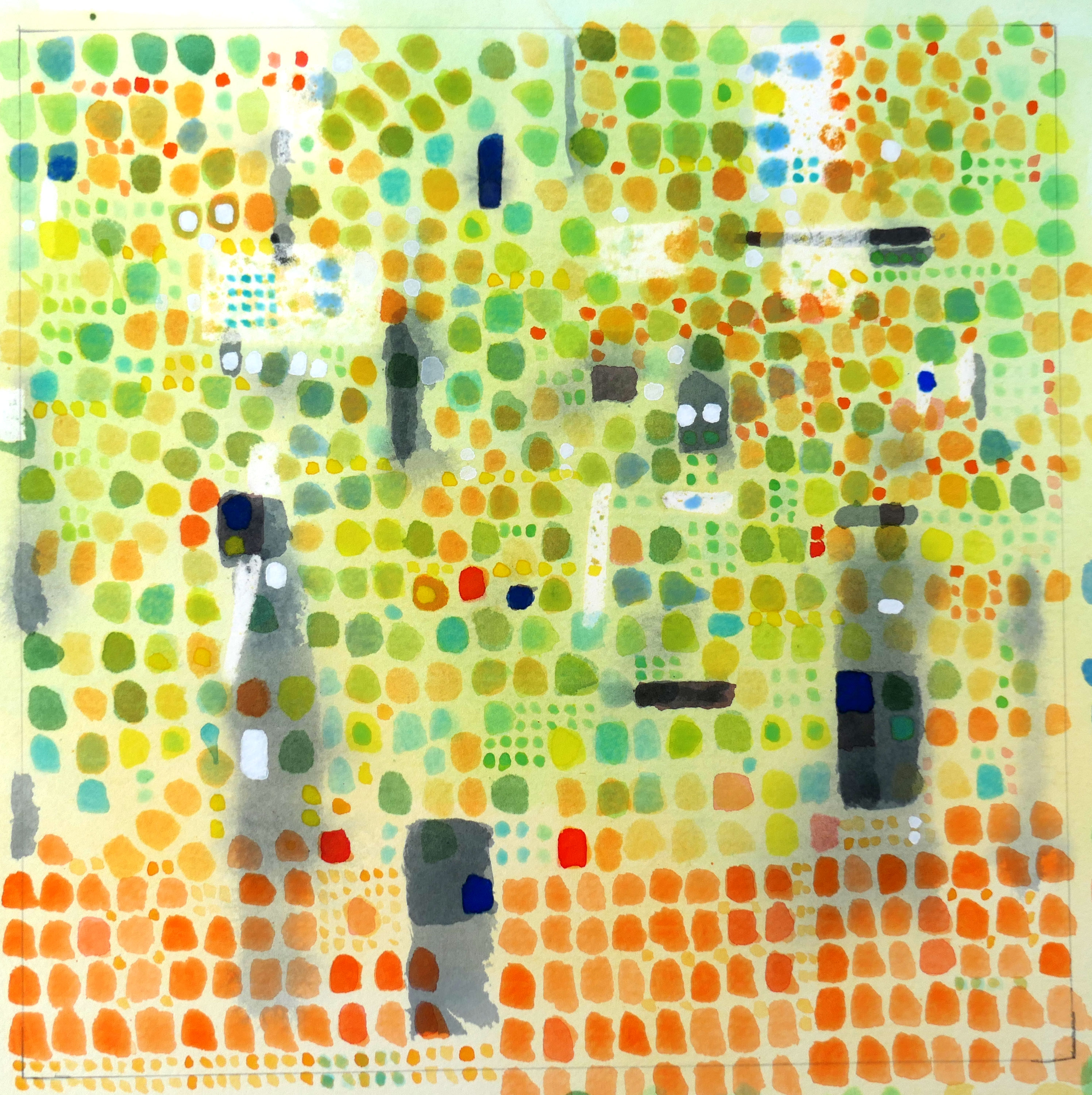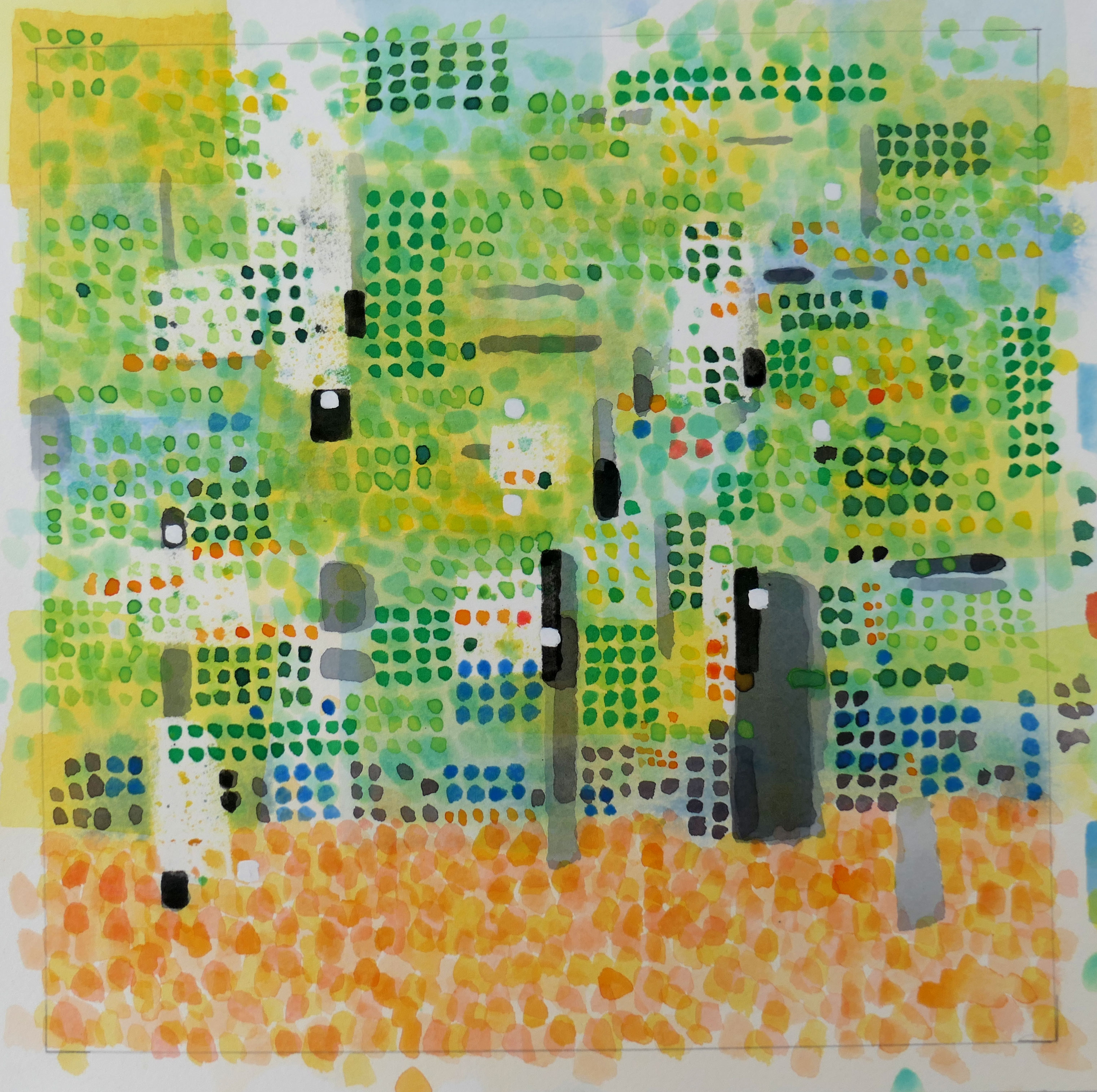
Epping Forest 1, 2018

Epping Forest 7, 2018

Epping Forest 8, 2018

Epping Forest 8.5, 2018

Epping Forest 15, 2018

Epping Forest 18, 2018

Epping Forest 20, 2018

Epping Forest 21, 2018

Epping Forest 23, 2018
Epping Forest
Epping Forest, north east of London, is a very ancient wood covering 6,000 acres. It remained uncultivated in the middle ages as the underlying ground is free draining gravel and was deemed unsuitable for cultivation. The landowners supplied timber for the Royal Navy, allowing commoners the rights to the limbs of the trees for fuel. Consequently the trees were regularly pollarded to allow for domestic collection of timber. In 1882 Queen Victoria gave the forest “to the use and enjoyment of my people for all time”, since when the previously coppiced trees have been allowed to grow freely resulting in extraordinary arboricultural shapes half natural and half man made.
The atmosphere within the forest is extraordinary. It feels redolent of the memories and ghosts of previous generations of woodmen who have left their mark one way or another. It is also incredibly beautiful. Centuries of leaf litter, kept dry thanks to the underlying gravel, create a brilliant orange beech leaf carpet – a brazen shock when we are accustomed to green underfoot. Autumn leaves hang from weirdly shaped branches like coloured tissue paper catching the sunlight. A walk through the forest is comparable to experiencing a huge modern art installation.
All of these artworks are available for purchase. Please click each image for more information or enquire.